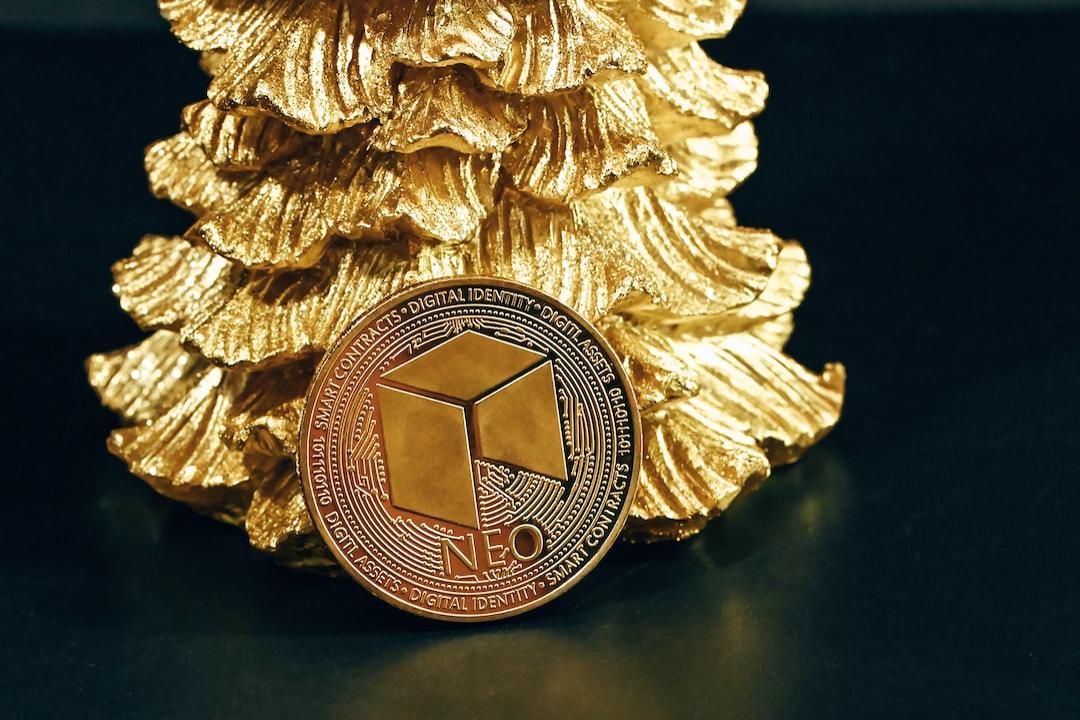Digital asset protection is of utmost importance in the world of cryptocurrencies. To enhance security and take ownership of private keys, individuals can transfer their cryptocurrency holdings from an exchange to a hardware wallet like the Ledger Nano X. This article provides a comprehensive guide on how to safely move Bitcoin holdings from Coinbase to a Ledger Nano X device.
Understanding the Crypto Migration Process
The process of migrating Bitcoin (BTC) from an exchange to a Ledger hardware wallet involves transferring digital assets from an exchange-controlled environment to a personal storage device where users can maintain control over their private keys.
The Need for Hardware Wallets
While cryptocurrency exchanges are easy to use, they lack the security and control offered by hardware wallets like the Ledger Nano X. Exchanges are vulnerable to hacking, which puts assets at risk. On the other hand, the Ledger Nano X protects cryptocurrencies offline from internet threats and provides users with complete control over their private keys, thereby improving financial independence.
Prerequisites for Crypto Migration to Ledger Nano X
Step 1: Configure and update the Ledger Nano X
Before starting the migration, ensure that the Ledger Nano X is running the latest firmware update. This is crucial for security features and compatibility with the newest coins. Connect the Ledger Nano X to a personal computer, open the Ledger Live program, and follow the on-screen instructions to complete any available updates.
Step 2: Install cryptocurrency applications
Using the Ledger Live program, install the applications for the coins you want to move. Ledger Live is compatible with various digital assets, and you must install the appropriate apps on your smartphone to manage these assets.
Step 3: Safeguard the recovery phrase
When setting up your Ledger Nano X, you will receive a recovery phrase. Keep this phrase safe as it serves as a backup key for all your cryptocurrency holdings. Write the recovery phrase on a piece of paper and store it securely. Never input this phrase on any website or share it with anyone.
Steps to Link Coinbase Wallet to Ledger Device
Follow these steps to connect your Coinbase Wallet to the Ledger device:
Step 1: Download and install the Coinbase Wallet extension from the Chrome Web Store.
Step 2: Launch the Coinbase Wallet extension.
Step 3: If you already have a wallet, choose “I already have a wallet.” Otherwise, select “Create new wallet.”

Step 4: Select “Connect Ledger wallet” to link your Coinbase Wallet.

Step 5: The connected or paired devices will be displayed in the following window. Select your device and click “Connect now.”

Step 6: Sign the message to link the Ledger device to the Coinbase Wallet.

Step 7: After signing the message, a popup saying “Your device is ready” will appear.

Step 8: Open the extension to view your assets.
Step 9: Your wallet will display all the owned assets.

Steps to Migrate Crypto from Coinbase to Ledger Nano X
Follow these steps to successfully migrate from Coinbase to Ledger Nano X:
Step 1: Access your Coinbase account
Visit Coinbase.com and sign in using your personal credentials.
Step 2: Initiate the transfer
Locate the “Send/Receive” menu or “Portfolio” section on the Coinbase dashboard, usually found in the top right corner of the interface.
Step 3: Select the cryptocurrency to transfer
Click on the “Send/Receive” button, which will prompt a box to appear. In the “Send” tab, choose the cryptocurrency (Bitcoin in this case) you wish to transfer to your Ledger Nano X from the provided dropdown menu.
Step 4: Enter the amount
Enter the amount of cryptocurrency you want to transfer to your Ledger Nano X.
Step 5: Enter your Ledger Nano X address
Launch the Ledger Live application on your computer and navigate to the account linked to the cryptocurrency you want to transfer. When you select “Receive” and follow the on-screen instructions, the Ledger wallet address will appear on the device screen. Ensure that the address displayed in the Ledger Live application matches the address on your device.
Copy the address from Ledger Live and paste it into the Coinbase “Recipient” field after verifying it. Also, confirm that the address is correct to avoid losing funds.
Please note that creating a Ledger deposit address is now necessary. Coinbase often matches the address to the appropriate network automatically, but users should confirm the correct network.

You can generate deposit addresses via the Ledger Live app without a Ledger device, but these unverified addresses may lack security. Use such addresses at your own risk.
Step 6: Finalize and confirm the transfer
Before completing the transfer, carefully review the transaction details, including the recipient’s address and the amount of cryptocurrency, to ensure that all the information is correct. Coinbase might ask for further verification, such as a 2-factor authentication code, after you click the “Continue” button. Once everything is verified, choose “Send Now” to transfer the cryptocurrency from your Coinbase account to your Ledger Nano X.
The time it takes for a transaction to be confirmed depends on the load on the blockchain network and the associated transaction fees. Ledger Live app and Coinbase accounts allow users to monitor the transaction. After the transaction is successfully confirmed, the transferred amount will be reflected in your Ledger Nano X account.
Protecting Cryptocurrency Assets with Ledger Nano X
Securing cryptocurrency involves more than just transferring assets to a Ledger Nano X. It requires understanding and adhering to best practices for hardware wallet security.
Key Measures to Ensure Crypto Asset Security after Migration
After a successful cryptocurrency transfer from Coinbase to a Ledger Nano X, take immediate steps to secure your holdings. The security of these investments depends on digital security practices and physical safeguarding of the Ledger device.
Physical Protection of the Ledger Nano X
Treat your Ledger Nano X as you would a significant amount of cash or a valuable piece of jewelry. Store it securely in a locked safe or drawer. Despite the device’s PIN protection, restricting physical access adds an extra layer of security.
Regular Firmware and App Updates
Ledger regularly releases firmware updates to improve device security and functionality. Connect your Ledger Nano X to the Ledger Live software frequently to perform these updates. Additionally, update each cryptocurrency app on the device to access the latest features and security enhancements.
Secure the Recovery Phrase
The recovery phrase is crucial for accessing cryptocurrency holdings and can restore accounts on a new device if the original Ledger device is lost, stolen, or damaged. Store this phrase in a secure location, such as a fireproof safe, and consider a durable backup solution like the Ledger Cryptosteel.
Practice Safe Transaction Habits
Always double-check addresses before confirming transactions and remain vigilant against phishing attempts. Remember that Ledger will never ask for your 24-word recovery phrase. Familiarize yourself with common scams and phishing tactics in the crypto space to avoid falling victim to them.
Navigating Transaction Delays and Network Selection
Ensuring network compatibility between the exchange and the Ledger Nano X can be a challenge during cryptocurrency migration, especially with multi-blockchain currencies like Tether (USDT). Selecting the correct network on both Coinbase and Ledger is crucial to prevent asset loss during transfers.
Additionally, blockchain congestion can cause transaction delays, so patience is essential. Instead of immediately resending a transaction, monitor its progress through blockchain explorers to prevent it from getting stuck twice. Overcoming these challenges not only smooths the migration process but also secures digital assets when transferred from Coinbase to Ledger Nano X.
By migrating cryptocurrency from an exchange to a Ledger Nano X, individuals can ensure the long-term security of their assets. Being well-informed about the migration process, addressing potential challenges, and employing strategies to maximize security is essential. Remember that securing cryptocurrency is an ongoing process that requires vigilance, education, and adaptability to new threats and technological changes.

